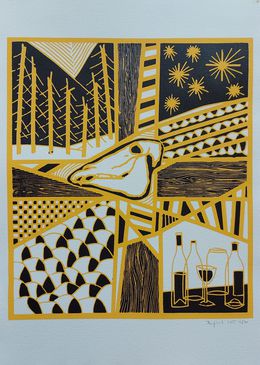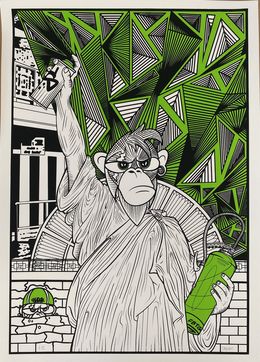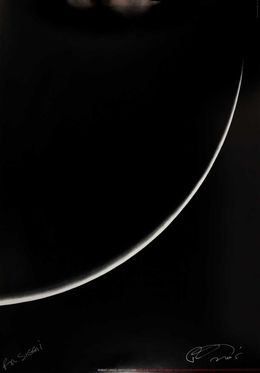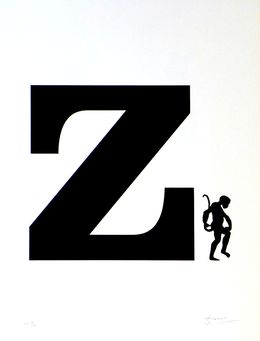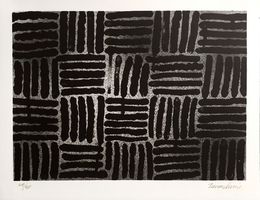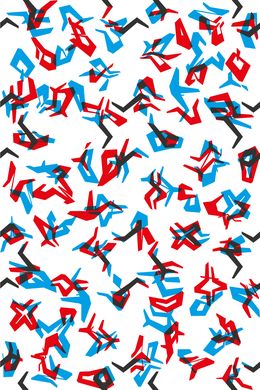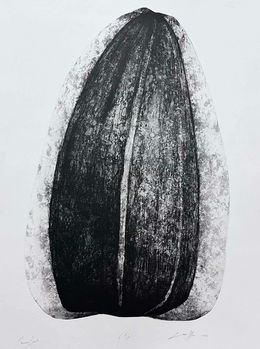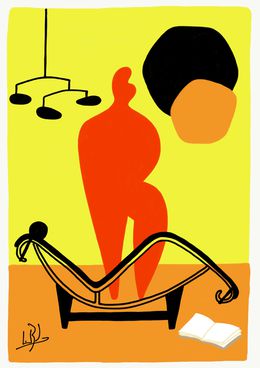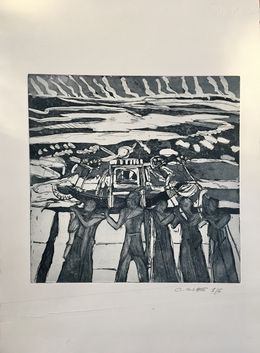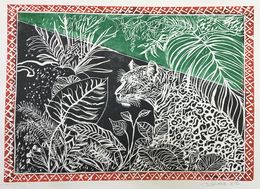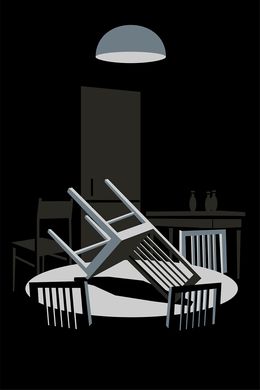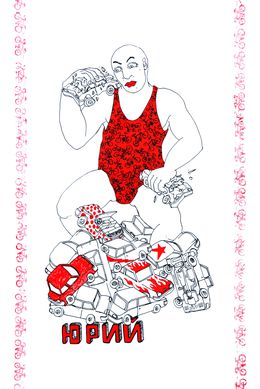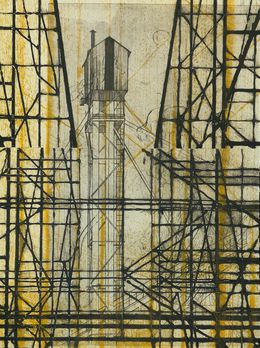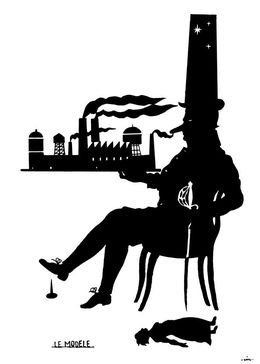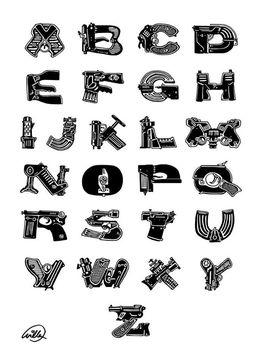
Graphic Arts
Graphic arts are the arts of visual design and layout of artistic creation. They have their roots in the cave paintings of our ancestors. From that time, through ancient Egypt and the Renaissance, the graphic arts have been developed and shaped by people who wish to convey their art and ideas in written form. The hieroglyphs of the Egyptians, for example, included a multitude of graphic symbols. Today, many schools teach graphic design, often for purposes other than artistic ones. Nevertheless, the graphic arts are now a real craze.
The graphic arts have existed since people first became aware of the need to transmit their humanity. They have evolved in the same way as the history of human beings, and are highly developed in Europe. In 1440 Gutenberg introduced a new revolution that had a decisive impact on the graphic arts with movable type. The Renaissance was also a significant period for the graphic arts. Printing allowed for the spread of information, knowledge and the arts.
Today, graphic arts are more associated with commercial art used in marketing: advertising posters, advertisements of all kinds, flyers, etc. Strongly linked to communication, however, they are not limited to the purely mercantile framework and include a whole range of artistic production such as drawing, typography, painting, photography, plastic painting and computer graphics. Powerful software allows artists to manipulate images.
Museums devote exhibitions to the graphic arts, bearing witness to their numerous evolutions and adaptations to different eras, they are in a way the mirror of the founding changes of society.
Claude Picart is a French artist who draws his inspiration from the works of Fernand Léger and Matisse and from the Pop Art movement to create paintings that disturb the viewer's gaze by playing on the cut-out paper effect and collage. The effect produced gives the impression of an underlying mystery whose answer is held by the viewer.
Graphic art is now a genre in its own right. Many artists find their identity and originality through this ever-changing and innovative style. The graphic arts are a mixture of technique and representation, which is why they symbolize our times. Recently, drawing has experienced a revival of interest. This trend can be explained by the arrival of a new generation of artists who highlight their work using classical media such as pencil or watercolor, but also modern means such as 3D software, digital format...
Discover the artists who represent today's graphic arts.
Save your search and find it in your favorites
Save your search to find it quickly
Saved search
Your search is accessible from the favorites tab > My favorite searches
Unsaved search
A problem occurred


